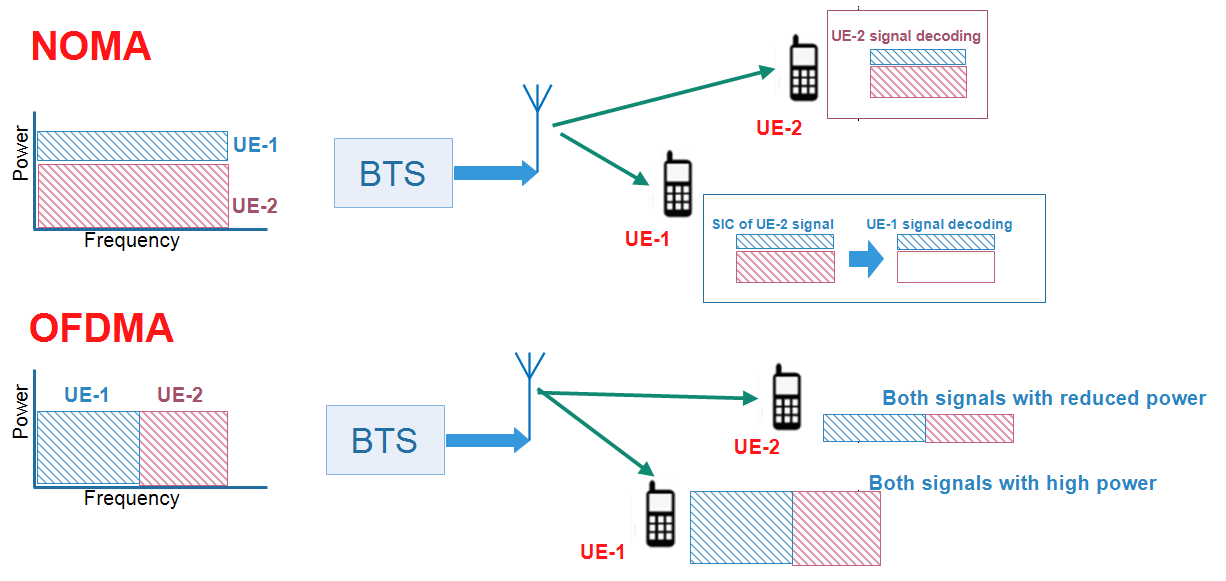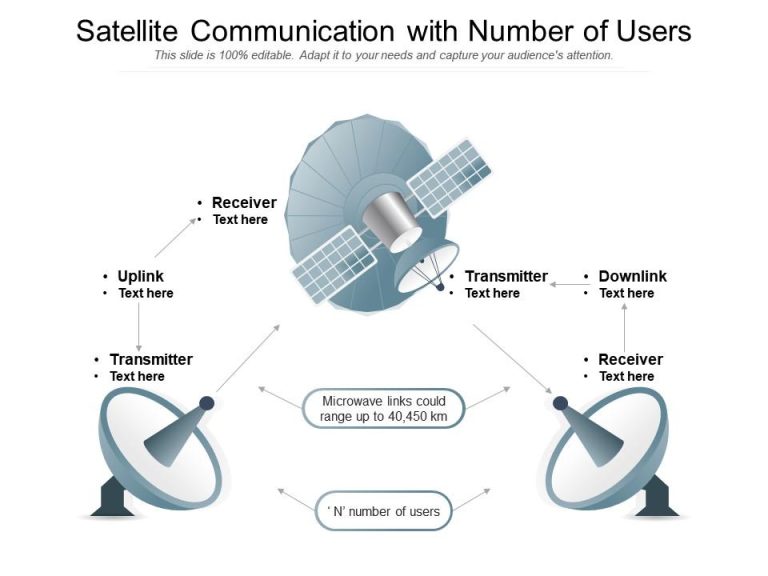5G Multiple Access Techniques: From OFDMA to NOMA
telcomatraining.com – The advent of 5G technology has revolutionized wireless communications by providing faster speeds, lower latency, and enhanced connectivity. A crucial aspect of 5G’s success lies in its multiple access techniques, which enable efficient sharing of wireless resources among multiple users. Among these techniques, Orthogonal Frequency Division Multiple Access (OFDMA) and Non-Orthogonal Multiple Access (NOMA) stand out as key enablers of 5G networks. This article explores how these multiple access methods work and their importance in 5G networks.
Understanding Multiple Access Techniques
Multiple access techniques are methods used to allow multiple users to share the same communication medium efficiently. They play a vital role in wireless networks where spectrum resources are limited. In 4G LTE, OFDMA has been the dominant multiple access scheme, but the growing demand for massive connectivity in 5G has motivated the exploration of new methods like NOMA.
OFDMA: The Foundation of 5G Uplink and Downlink
OFDMA is a multi-user version of the popular Orthogonal Frequency Division Multiplexing (OFDM) technique. It divides the available bandwidth into numerous orthogonal subcarriers, allocating subsets of these subcarriers to different users. This orthogonality ensures minimal interference between users, improving spectral efficiency.
In 5G, OFDMA continues to be used for both uplink and downlink transmissions. It provides flexibility in resource allocation, allowing dynamic adjustment of subcarrier distribution based on user demand and channel conditions. However, OFDMA’s orthogonality constraint limits the number of users that can simultaneously access the network.
The Rise of NOMA: Breaking Orthogonality Constraints
Non-Orthogonal Multiple Access (NOMA) is a breakthrough technique designed to overcome the limitations of orthogonal access methods like OFDMA. Instead of allocating separate frequency or time resources to each user, NOMA allows multiple users to share the same frequency and time resources simultaneously by superimposing their signals with different power levels.
This approach uses Successive Interference Cancellation (SIC) at the receiver side to separate the signals. Users with better channel conditions decode and subtract the signals intended for weaker users before decoding their own data. This mechanism increases the number of users served and improves spectral efficiency, which is crucial for supporting massive IoT and device-to-device communications in 5G.
Comparing OFDMA and NOMA
While OFDMA offers low interference and simpler receiver design due to orthogonal resource allocation, it struggles to scale efficiently with the rising number of connected devices. On the other hand, NOMA enhances capacity and connectivity by allowing resource sharing but requires more complex receivers to perform interference cancellation.
5G networks often integrate both OFDMA and NOMA techniques, leveraging their strengths to balance efficiency, complexity, and capacity. For example, OFDMA can be used for users with similar channel conditions, while NOMA targets users with distinct channel qualities.
Future Prospects and Challenges
The evolution from OFDMA to NOMA marks a significant milestone in multiple access technology for 5G and beyond. However, NOMA implementation still faces challenges, such as accurate channel state information, power allocation strategies, and managing receiver complexity.
Researchers continue to explore hybrid multiple access schemes and advanced algorithms to optimize resource allocation further. As 5G networks mature and transition toward 6G, multiple access techniques will remain a key focus area to meet the ever-growing demand for wireless connectivity.
Conclusion
Multiple access techniques like OFDMA and NOMA are fundamental to the performance and scalability of 5G networks. While OFDMA provides a reliable and interference-free way to allocate resources, NOMA pushes the boundaries by enabling more users to share the same spectrum. Understanding these technologies is essential for appreciating how 5G achieves its high capacity and low latency, paving the way for a connected future.







